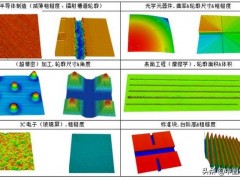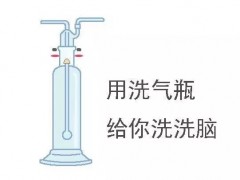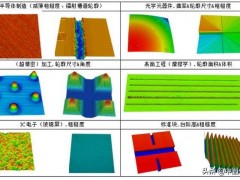Quadrupole ICP-MS (ICP-QMS) is one of the most widely used analytical techniques in inorganic testing laboratories, due to its performance characteristics of high sensitivity, low detection limits, wide dynamic range, and high speed multi-element analysis.
Recent advances have seen a dramatic improvement in matrix tolerance: Agilent’s High Matrix Introduction (HMI) technology uses aerosol dilution to reduce the sample matrix load on the plasma, ensuring that much higher matrix levels—up to % levels of total dissolved solids (TDS)—can be analyzed routinely.
Control of interferences has also been improved significantly, with Agilent’s octopole-based collision/reaction cell (CRC) operating in helium (He) collision mode to eliminate a wide range of matrix based polyatomic interferences using one set of cell conditions [1]. Reliable and accurate quantitation of all required elements at the regulated levels in a wide variety of sample matrices is now possible using ICP-QMS. However, some applications require greater sensitivity for some specific elements, while some complex sample matrices may cause spectral interferences that remain a challenge.
 手机版|
手机版|

 二维码|
二维码|












